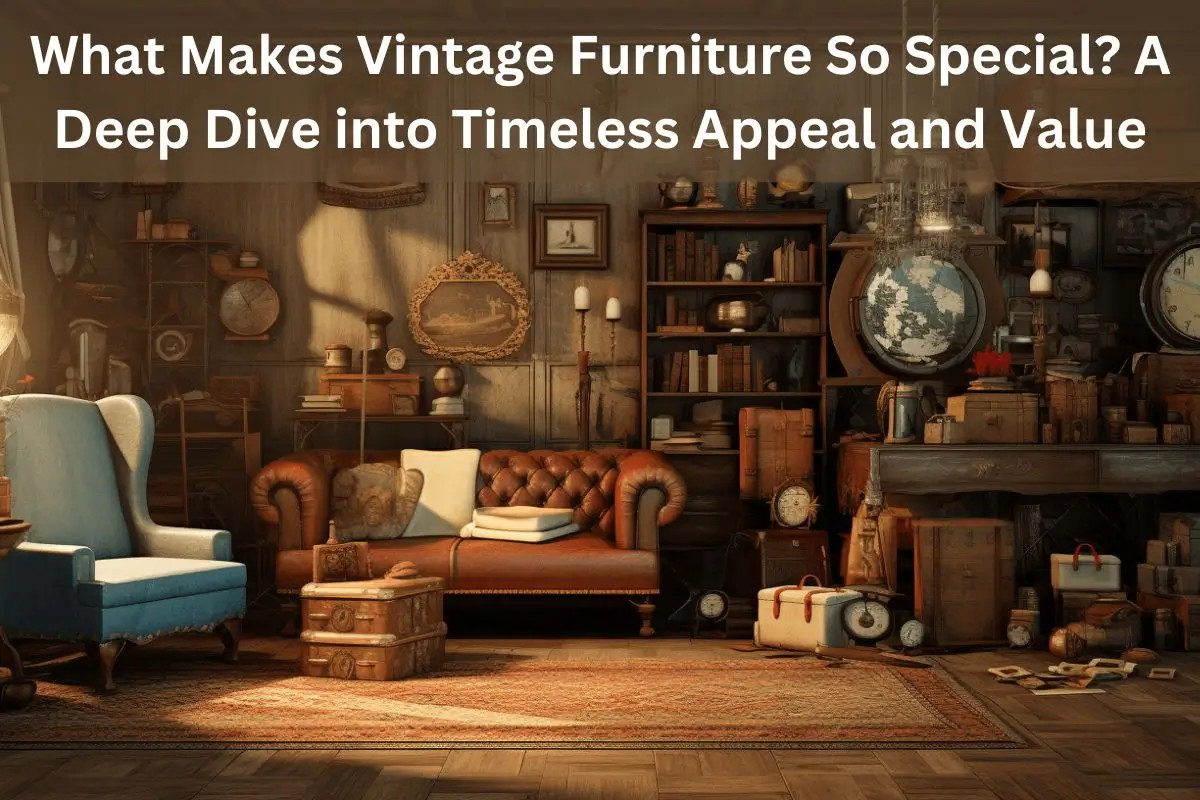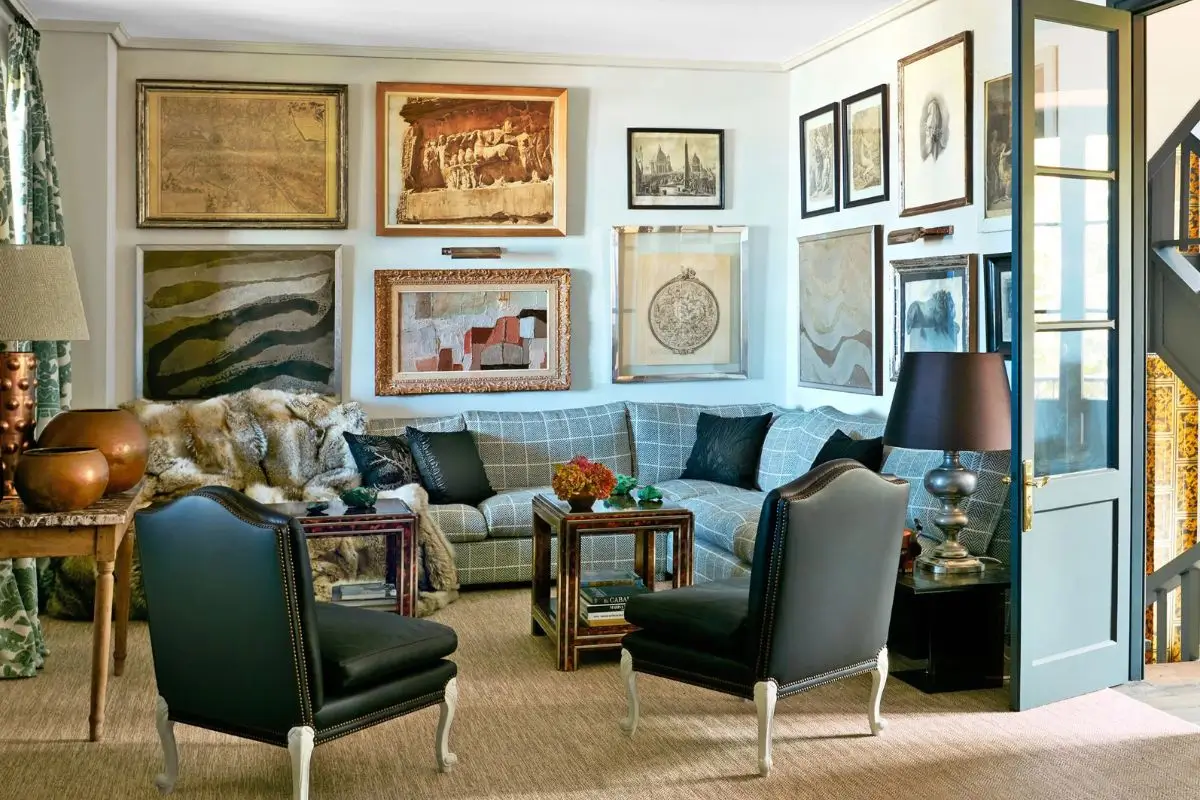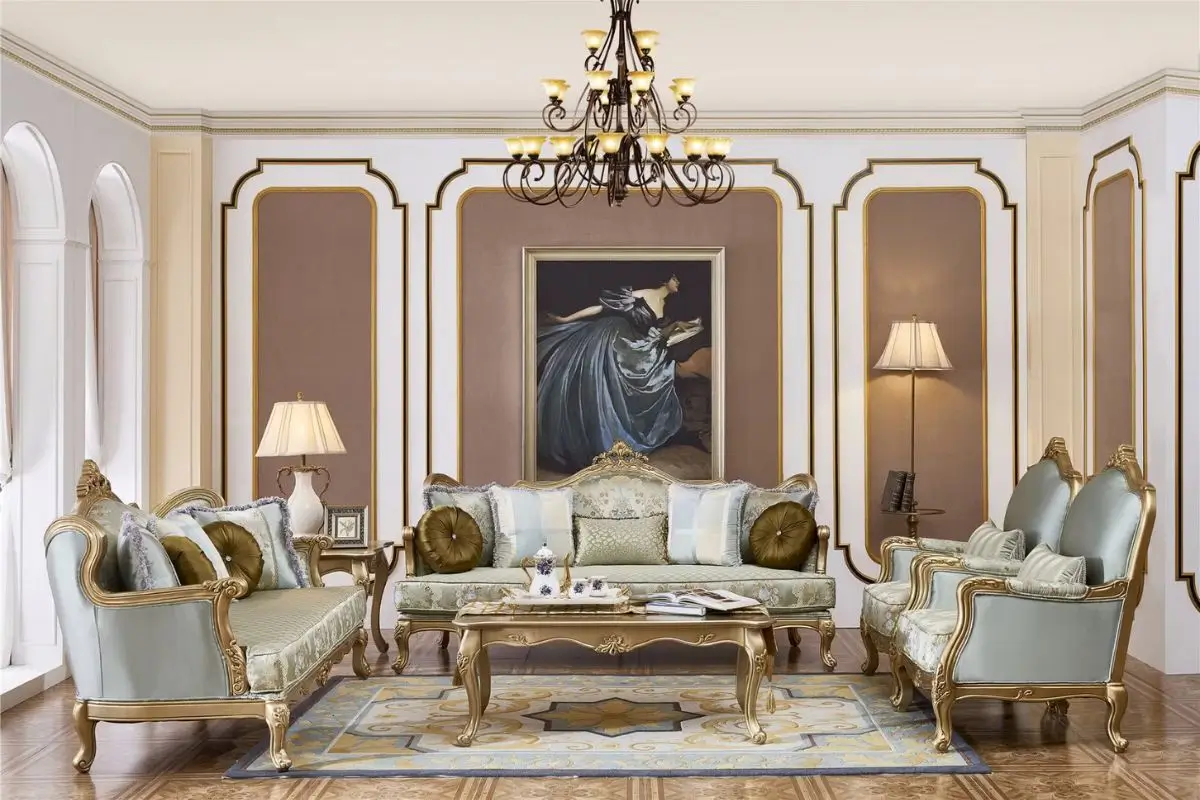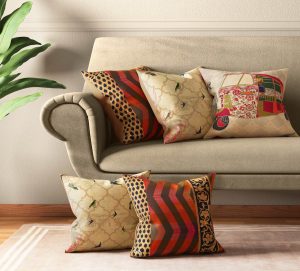Vintage furniture captivates design enthusiasts with its enduring charm and value. Unlike modern pieces, vintage items are steeped in history, showcasing superior craftsmanship, unique designs, and cultural significance. They offer a combination of timeless aesthetic, sustainability, and investment potential that appeals to both practical homeowners and passionate collectors. This comprehensive look explores what makes vintage furniture special and why it continues to hold a cherished place in interior design. Whether you’re considering your first vintage piece or adding to a collection, understanding these aspects will deepen your appreciation for these timeless furnishings.
Step Back in Time: The Historical Significance of Vintage Furniture
Vintage furniture encapsulates the design and craftsmanship of its era, making it a tangible piece of history. Each piece often reflects the cultural and social influences of its time, showcasing elements like the opulence of Victorian designs or the clean lines of mid-century modern aesthetics. By owning vintage furniture, people are not just acquiring a functional item but a piece of the past that preserves stories, craftsmanship, and artistry that may have otherwise been lost. This historical connection adds depth and interest to a space, allowing owners to celebrate the heritage and journey of their furniture.
Craftsmanship That Stands the Test of Time: The Quality of Vintage Pieces
Vintage furniture is known for superior craftsmanship, using high-quality materials and meticulous construction techniques that stand the test of time. Unlike mass-produced modern pieces, vintage items were often handmade or produced in small batches, with attention to detail and precision. The solid wood, intricate joinery, and carefully chosen finishes showcase the artisans’ dedication to their craft. This durability means vintage furniture can often last for generations with minimal maintenance, providing an excellent return on investment. In contrast, modern, fast-manufactured furniture may not offer the same long-lasting quality or character.
Uniqueness Defined: Why Vintage Furniture Stands Out
One of the most compelling reasons people are drawn to vintage furniture is its uniqueness. Unlike today’s mass-market options, vintage pieces were created in smaller quantities or as custom items, meaning they often possess design details and characteristics not found in modern furniture. These distinctive elements—such as hand-carved motifs, original inlays, or rare fabric patterns—ensure that a vintage piece stands out and adds personality to any space. This individuality makes vintage furniture perfect for creating an eclectic or curated look that reflects the owner’s taste and sets their home apart from the rest.
Sustainability at Its Best: How Vintage Furniture Supports the Planet
Choosing vintage furniture is an eco-friendly choice, contributing to sustainability by promoting reuse and reducing waste. Unlike newly manufactured pieces that require raw materials and energy, vintage items are already produced and available for use. This reduces demand for new resources, lowers the carbon footprint, and helps in conserving forests and raw materials. By buying vintage, consumers contribute to a circular economy, extending the life cycle of high-quality items and avoiding the negative environmental impact associated with the production and disposal of contemporary furniture. Vintage furniture embodies conscious consumerism at its finest.
Timeless Appeal: Why Vintage Furniture Never Goes Out of Style
Vintage furniture holds a timeless appeal that surpasses fleeting design trends. Pieces like mid-century modern chairs or antique wooden desks maintain their charm decades after their creation. Their classic lines and enduring styles mean they integrate seamlessly with modern or traditional decor, offering flexibility in design choices. This timeless quality makes vintage furniture a wise investment; while trends come and go, these pieces remain stylish and relevant. Their adaptability also allows homeowners to mix and match different eras, creating a dynamic space that feels both current and layered with history.
Value Over Time: The Investment Potential of Vintage Furniture
Unlike many modern furnishings that depreciate rapidly, well-maintained vintage furniture can increase in value over time. Certain antique and vintage items, especially those from renowned designers or iconic periods, become highly sought-after collectibles. This makes investing in vintage furniture not only a design choice but also a financial strategy. As time passes, scarcity can drive up the value of specific pieces, turning them into profitable assets. Owning vintage furniture isn’t just about aesthetic pleasure—it’s about owning items with potential financial returns, making them appealing to both collectors and design-savvy homeowners.
Stories in Every Scratch: The Emotional Connection of Vintage Pieces
Vintage furniture often comes with a unique history or story that adds emotional value. It may have been passed down through generations or discovered during a special moment, creating sentimental attachment. Unlike new furniture, which may feel impersonal, vintage items carry a sense of past ownership and lived experiences. This emotional connection adds warmth and authenticity to a home, making it feel more personalized. Each scratch or patina tells a tale, allowing homeowners to appreciate the piece’s journey and legacy. This sense of connection makes vintage furniture more meaningful than modern alternatives.
The Creative Touch: Customizing and Upcycling Vintage Furniture
Vintage furniture offers a unique opportunity for customization. Refurbishing a vintage piece allows homeowners to merge old-world charm with modern tastes. This could mean reupholstering a classic chair in contemporary fabric or refinishing a wooden table to match current color palettes. Upcycling vintage items breathes new life into them while preserving their original character, combining sustainability with creative expression. The flexibility to customize while retaining quality and craftsmanship sets vintage furniture apart from modern options, making it ideal for those seeking personalized, one-of-a-kind pieces that reflect their style without compromising on history.
An Investment in Art: The Artistic Value of Vintage Furniture
Vintage furniture often represents an investment in artistry. Pieces from renowned furniture makers or specific eras carry inherent artistic value due to their exceptional design and execution. These items were often created by artisans who treated furniture-making as an art form, incorporating elements that reflect architectural and artistic movements of their time. For instance, Art Deco sideboards or Baroque armchairs showcase complex details and craftsmanship that resonate with art and design enthusiasts. By owning vintage furniture, one invests in a piece that embodies not just functionality but also the artistic vision of its time.
A Piece of Culture: Vintage Furniture as a Reflection of Art and History
Vintage furniture captures the cultural and artistic essence of the period in which it was created. A 1920s Art Deco piece reflects the bold, geometric trends of that era, while mid-century modern furniture embodies the sleek minimalism of post-war innovation. These pieces allow homeowners to integrate historical art movements into their living spaces, enriching the decor with layers of cultural significance. Each item acts as a statement, showcasing not just an appreciation for aesthetics but also an understanding of design history. This adds depth to a room and serves as a conversation starter for guests.
Conclusion
The special allure of vintage furniture lies in its combination of historical significance, craftsmanship, unique design, and timeless aesthetic. Beyond its visual and practical appeal, it embodies sustainability, emotional connection, and investment value. Owning vintage pieces enriches a home with stories, artistry, and culture, distinguishing it from spaces furnished with modern, mass-produced items. By investing in vintage furniture, you’re not just enhancing your home but preserving pieces of history and contributing to a more sustainable future. Understanding these key points makes clear why vintage furniture remains both relevant and revered in today’s design landscape.








